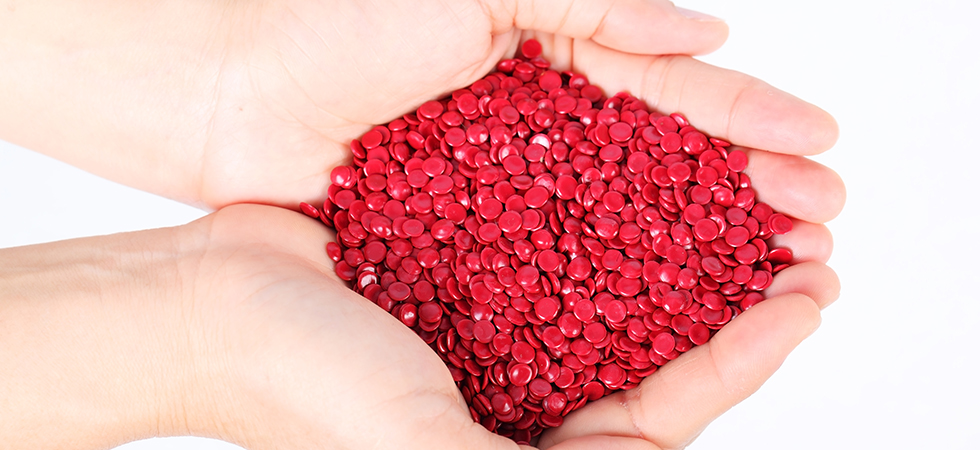Blog
Why Regional Supply Chains Make Sense For Injection Molded Products
Looking for plastic injection molding companies but don't know where to start? Here's why the highest quality, most cost-effective molded parts are usually sourced in North America
July 20, 2021
Anyone interested in procuring the lowest cost consumer products possible will naturally look overseas. There are some very valid reasons to do so. Industrial cities such as Shanghai and New Delhi boast modern infrastructures, with the rails, ports, and roadways needed to move manufactured goods quickly and efficiently. They also have huge supplier bases. These not only create stiff competition amongst one another, but provide buyers with the ability to scale production upwards as needed. And perhaps most importantly, they boast some of the lowest labor costs on the planet.
Arguing For Offshore
Because of this, it’s easy to make the argument for sourcing plastic injection molded products from an overseas supplier. Some even have English-speaking sales representatives who live here in the United States, eliminating any language barriers and time zone hassles, or worries that you’ll invest big bucks tooling but never see any molded parts. Considering all of these benefits, it seems like the search for a plastic injection molding manufacturer should be both straightforward and obvious. Why look any further?
Why indeed. Yes, some offshore injection molding manufacturers do offer a lower piece price and initial cost than their domestic competitors. Depending on the number of parts, this can spell big savings over the life of any project. But even in the best of times, buyers of molded parts should be aware that there’s more to this equation. Doing business with offshore suppliers bears a number of hidden expenses, including taxes, duties, third-party handling fees, shipping costs, and as we’ve seen over recent years, tariffs.
And even with a local supplier representative, any quality problems that arise—an occurrence that is all too common with overseas part providers—usually require that corporate personnel or authorized agents travel to a factory in China, India, or the Czech Republic. Doing so adds insult to the injuries just mentioned, never mind the airfreight and expedite costs that are sure to follow. Add it all up and these expenses can lead to a significant and oftentimes unexpected increase in per-unit cost.
A Paradigm Shift
But as we’ve also seen recently, these are hardly the best of times (although they are getting better). The global pandemic has forced many to reevaluate their past sourcing decisions, and that includes those buyers and designers who work with offshore plastic injection molding companies.
For example, there've been countless COVID-related resin shortages and purchased component stock-outs over the past year or so. Reliance on low-cost manual laborers who were forced to stay home added to these production delays, which were then exacerbated by port congestion and subsequent shipping problems. These problems were far worse for the manufacturers who needed multiple components for an assembly (which is most of them). Here, even a single missing piece stuck overseas or sitting in customs means just one thing: line down.
All of this hit the industry during a period when customers and manufacturers alike were already pushing for shorter lead times, increased design flexibility, and smaller lot sizes. The pandemic only let the supply chain genie out of the bottle a little sooner than it otherwise would have escaped. Many if not most manufacturers and their customers have begun to realize a simple but obvious fact: manufacturing a product close to, or at least on the same continent as it's end use destination makes darned good sense.

Injection Molding Companies 101
What then should a buyer of plastic injection molded components look for in a supplier, domestic or otherwise? Answering that question begins with a basic understanding of the injection molding process. Sound sourcing decisions depend on a good working knowledge of molded part design, the production process, the physics of melted plastic, what plastic material to use, how it is injected into the mold, and special requirements such as overmolding, structural foam, or inserts.
That’s because custom injection molding and injection molding design is deeply technical. In order to achieve high-quality parts at the best possible cycle time (which to some extent translates to the lowest possible cost), a mold manufacturer must know what steels to use, how hard they should be, and what are their surface finish requirements. They must have the ability to design an efficient mold and then machine it to exacting tolerances. Once all this is done, the mold must then be tested, preferably with the customer on-site for a first article inspection (FAI). Moldmaking, after all, is tough work.
There’s more to it than mold design and machining, however. Injection molding companies should be willing to enter into stocking agreements for customer-specific resins, colorants, and purchased components such as threaded inserts and other hardware items. They should also have extensive robotics and automation. Not only does this eliminate any low-cost labor arguments, but when the next pandemic strikes, production can continue unabated.
Stick Around
But what about the ability to ramp up when production needs increase, as they hopefully will? Aside from lower labor costs and a notion of perceived value, this was one of the main reasons why many OEMs and manufacturers went overseas in the first place, despite the many headaches.
By partnering with a North American injection molding company, however, one that A) already has extensive molding capabilities, B) is highly automated and therefore able to operate around the clock, and C) has the maturity, experience, and financial wherewithal to meet practically any customer demand, buyers of plastic injection molded components can rest assured they are paying a competitive price for a high-quality product, without waiting months or traveling halfway around the planet to get it.
Maybe it’s time to shop closer to home.
Recent Insights
News
Blog
White Papers
